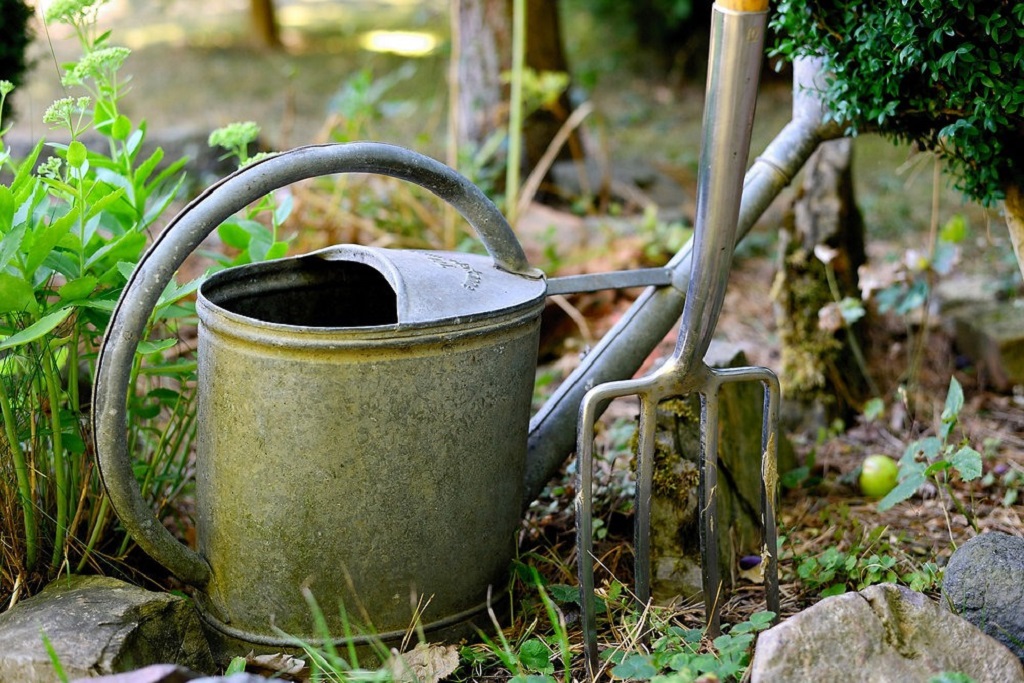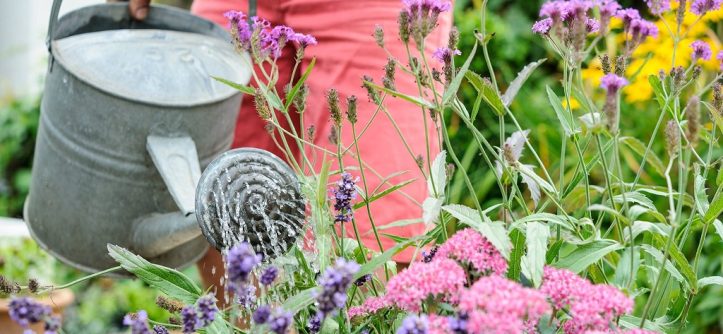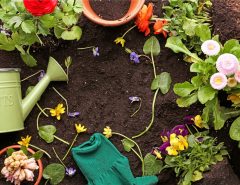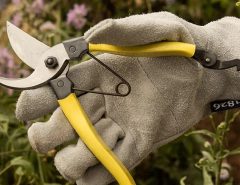Gardening in Canada isn’t just a hobby—it’s a battle against unpredictable weather, short growing seasons, and increasingly frequent droughts. With climate change intensifying, water conservation has become a top priority for gardeners across the country. Whether you’re tending a backyard vegetable patch in Ontario or cultivating native plants in Alberta, adopting water-wise gardening practices is essential for sustainability, plant health, and your wallet.
Why Water-Wise Gardening Matters in Canada
Canada may be known for its lakes and rivers, but residential gardens are among the highest water consumers during summer months. According to Gooseberry Gardens, up to 30% of a household’s annual water bill can stem from outdoor watering alone. In regions like southern Alberta, where rainfall is scarce and evaporation rates are high, conserving water isn’t just smart—it’s necessary.
Moreover, municipal water systems often contain chlorine and fluoride, which can harm sensitive plants. Rainwater, by contrast, is naturally soft and free of chemicals, making it ideal for garden use. Capturing and using rainwater not only saves money but also reduces runoff, erosion, and pollution in local waterways.

-
Embrace Drip Irrigation for Precision Watering
Drip irrigation is the gold standard for water efficiency. It delivers water directly to the root zone, minimizing evaporation and runoff. According to Farmonaut, drip systems can reduce water usage by up to 70% compared to traditional sprinklers.
Benefits of drip irrigation:
- Promotes deep root growth and healthier plants
- Reduces weed growth by targeting only desired areas
- Compatible with timers for automated watering
To install a drip system, map your garden layout, run a main water line, and connect emitters to each plant. Adding a timer ensures consistent watering, even when you’re away.
-
Harvest Rainwater Like a Pro
Rainwater harvesting is a simple yet powerful way to conserve water. A 1,000 sq ft roof can collect up to 600 gallons of water from just one inch of rainfall. That’s enough to irrigate a small garden for weeks.
How to get started:
- Install rain barrels or cisterns under downspouts
- Use a first-flush diverter to filter out debris
- Connect the system to your irrigation setup
Rainwater is especially beneficial for acid-loving plants like blueberries and rhododendrons. It also helps reduce pressure on municipal systems during peak summer demand.
-
Choose Drought-Tolerant Plants
Native and drought-resistant plants are naturally adapted to Canada’s climate extremes. They require less water, resist pests, and thrive with minimal intervention.
Top picks for Canadian gardens:
- Prairie Coneflower (Echinacea)
- Yarrow (Achillea millefolium)
- Blanket Flower (Gaillardia)
- Russian Sage (Perovskia atriplicifolia)
These plants not only conserve water but also attract pollinators, enhancing biodiversity in your garden.
-
Mulch for Moisture Retention
Mulching is one of the easiest ways to reduce water loss. Organic mulches like straw, shredded leaves, or bark insulate the soil, suppress weeds, and retain moisture.
Tips for effective mulching:
- Apply 2–4 inches around plants, avoiding direct contact with stems
- Replenish mulch annually to maintain effectiveness
- Use composted mulch to improve soil structure over time
Mulch also protects young seedlings from temperature fluctuations and reduces the need for frequent watering.
-
Water Early and Deep
Timing matters. Watering in the early morning—before 10 a.m.—reduces evaporation and lowers the risk of fungal diseases. Deep watering encourages roots to grow downward, making plants more drought-resistant.
Best practices:
- Use a watering wand or soaker hose for targeted delivery
- Water trees and vines using buried vessels or perforated pipes
- Monitor rainfall with a rain gauge and skip watering if you’ve had 1 inch of rain that week
Avoid watering in the evening, as wet foliage overnight can lead to mildew and rot.
-
Improve Soil Structure
Healthy soil holds water like a sponge. Adding organic matter such as compost or worm castings increases water retention and promotes microbial activity.
Soil-enhancing strategies:
- Test your soil annually for pH and nutrient levels
- Incorporate compost into planting beds each season
- Avoid compacting soil by walking on designated paths
Well-structured soil reduces the frequency of watering and supports robust plant growth.
-
Group Plants by Water Needs
Zoning your garden based on water requirements ensures efficient irrigation. Place thirsty plants like tomatoes and cucumbers together, and separate them from drought-tolerant species.
Benefits of plant zoning:
- Simplifies irrigation planning
- Prevents overwatering or underwatering
- Enhances garden aesthetics through strategic placement
Use drip lines or soaker hoses tailored to each zone for optimal results.
Featured Snippet: What Are the Most Effective Water-Wise Gardening Tips for Canadians?
The most effective water-wise gardening tips for Canadians include installing drip irrigation systems, harvesting rainwater, and choosing drought-tolerant plants. Drip irrigation reduces water usage by up to 70% and delivers moisture directly to roots. Rainwater harvesting provides chemical-free water ideal for garden use, while native plants require less maintenance and thrive in local climates. Mulching, deep watering, and improving soil structure further enhance water retention. These strategies not only conserve water but also promote healthier, more resilient gardens across Canada.
Related Topic: Pruning Gear for Serious Gardeners
Frequently Asked Questions
Can I use greywater in my garden?
Yes, but only from sinks, showers, and laundry—never from toilets. Use biodegradable soaps and avoid watering edible plants.
How often should I water during a heatwave?
Water deeply every 2–3 days rather than daily. This encourages deep root growth and reduces evaporation.
Are soaker hoses better than sprinklers?
Yes. Soaker hoses deliver water directly to the soil, reducing evaporation and disease risk.
What’s the best mulch for vegetable gardens?
Straw and shredded leaves are ideal. They decompose slowly and improve soil health.
How do I know if my soil retains water well?
Perform a percolation test. Dig a hole, fill it with water, and observe how quickly it drains.
Is watering at night ever okay?
It’s not recommended. Wet foliage overnight can lead to fungal infections.
Can I automate my watering system?
Absolutely. Timers and smart irrigation controllers can optimize watering schedules based on weather data.
Related Topic: Future of Eco-Conscious Gardening in Canada
Final Thought
Water-wise gardening isn’t just a trend—it’s a necessity in today’s climate. By adopting smart irrigation techniques, choosing resilient plants, and improving soil health, Canadians can create thriving gardens that conserve water and withstand environmental stress. These practices not only benefit your garden but also contribute to a more sustainable future.
Ready to transform your garden into a water-saving oasis? Start small, stay consistent, and let nature do the rest. For more expert tips, visit Canadian Gardening’s Water-Wise Guide or explore Gooseberry Gardens’ rainwater strategies.
Let’s grow smarter—one drop at a time. 🌱





Leave a Reply